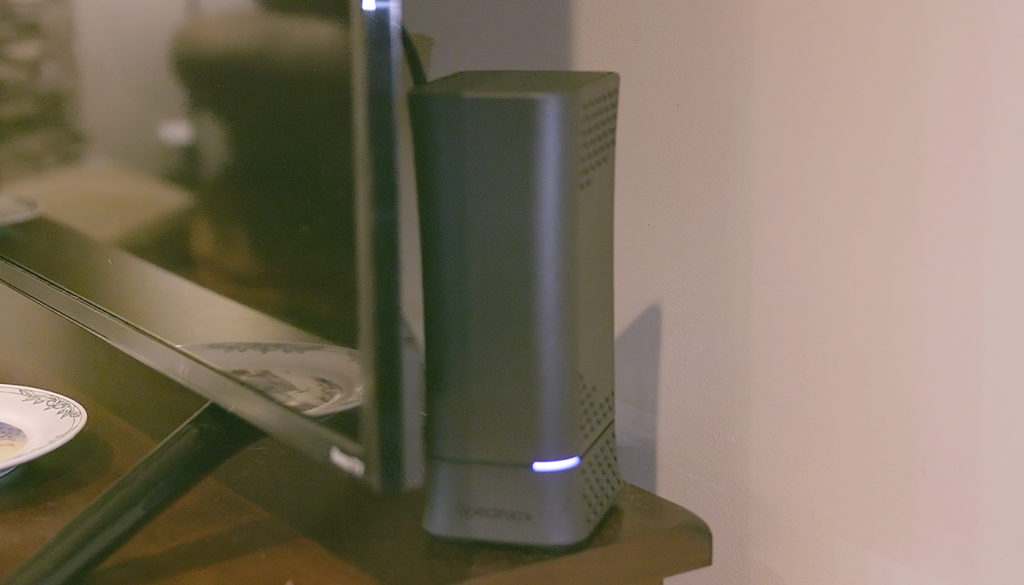Spectrum Policy
How WiFi in 6GHz Can Enable the Next Wave of Digital Innovation
November 19, 2019
Share Article:
Consumers’ reliance on and demand for WiFi continues to grow as we enter a more connected 5G world. In fact, demand for WiFi is already at an all-time high and policymakers are rightfully considering how to enhance this critical technology to meet current and future connectivity needs of consumers, businesses and critical infrastructure. Significantly, in October 2018, the FCC unanimously proposed rules to allow for unlicensed wireless operations in the 6 GHz band in order to accommodate the ever growing need for unlicensed spectrum, including to support WiFi, with its significant social and economic benefits.

The FCC is now deciding the rules for unlicensed users in the 6 GHz band, and we support efforts to ensure that existing licensed services, such as electric utility, over-the-air programming and some public safety backhaul operations, are not negatively affected. We depend on reliable coexistence measures to deliver superior WiFi to our customers. The FCC has a variety of tools at its disposal that can be used to protect existing licensed users without unnecessarily complicating unlicensed operations (e.g., limiting power levels and out-of-band emissions, differentiating between indoor and outdoor use, establishing coordination and exclusion zones, etc.).
In the last few years alone, the FCC has shown itself adept at adopting innovative, smart spectrum policies that incorporate co-existence mechanisms. For example, in the 3.5 GHz (CBRS) band, it crafted sophisticated rules to enable licensed and unlicensed users to safely co-exist with military radar while making significant mid-band spectrum available for wireless broadband services. Similarly, in the 28 GHz band, the FCC made more 5G spectrum available by establishing rules to ensure such services could safely coexist with incumbent satellite users. We are confident that the right balance can similarly be achieved in the 6 GHz band.
We look forward to working with the FCC to identify the best tools that will allow for robust unlicensed use in the 6 GHz band, while at the same time protecting licensed operations.